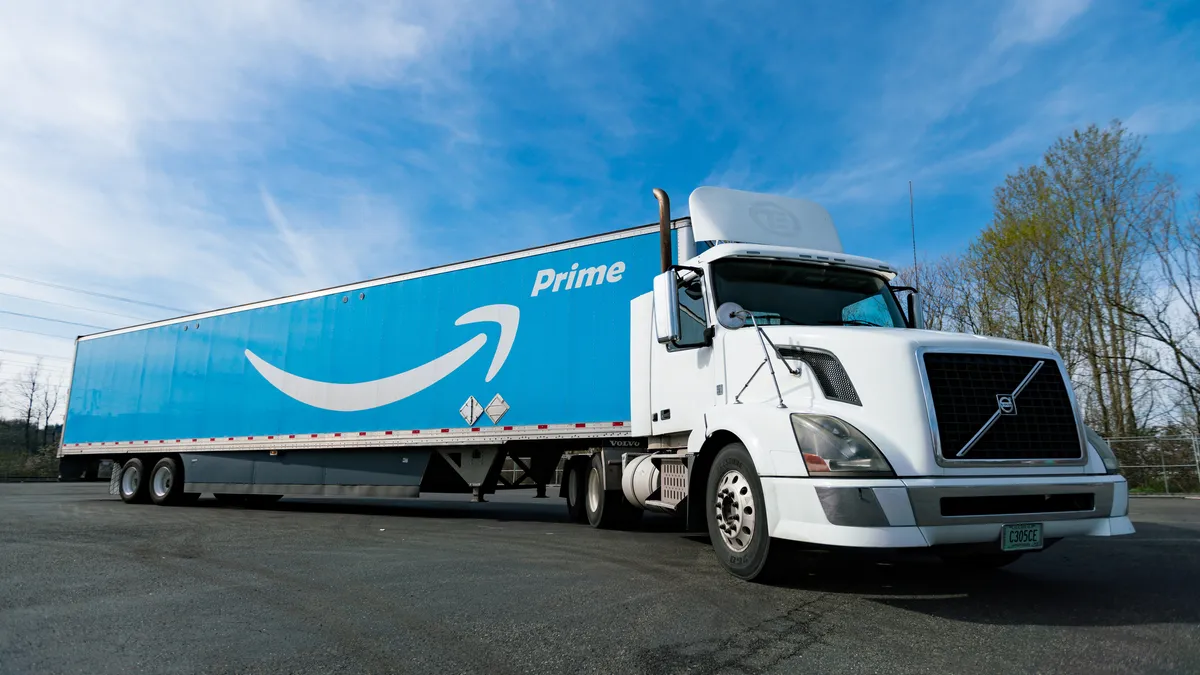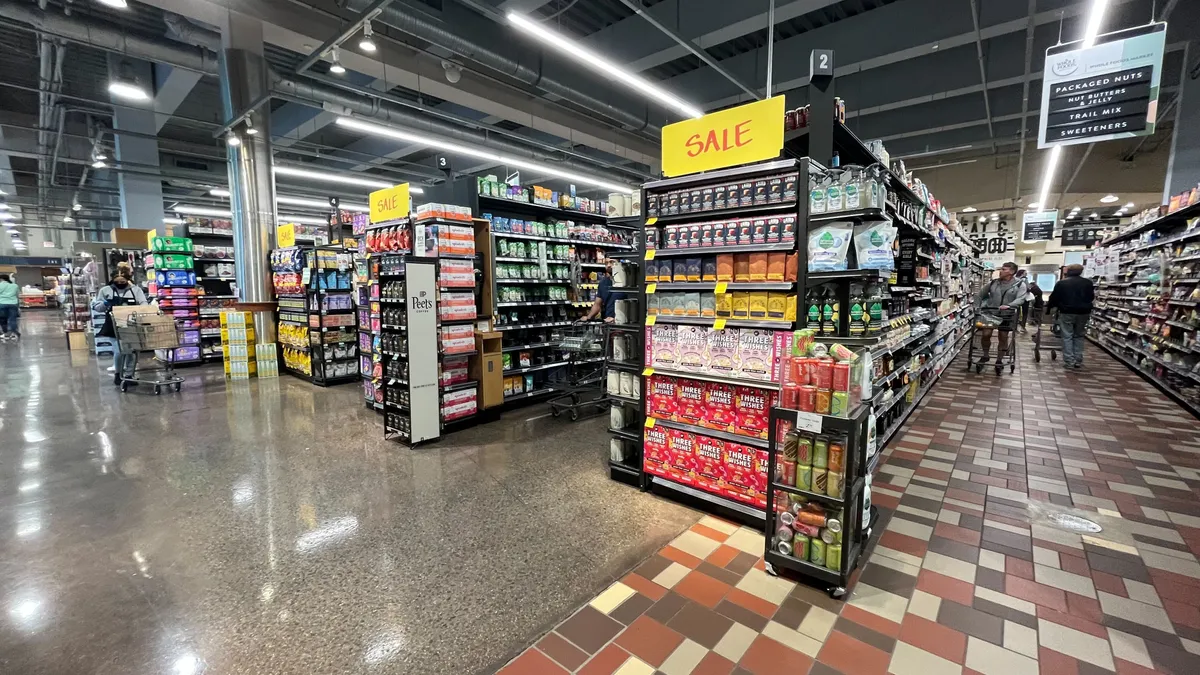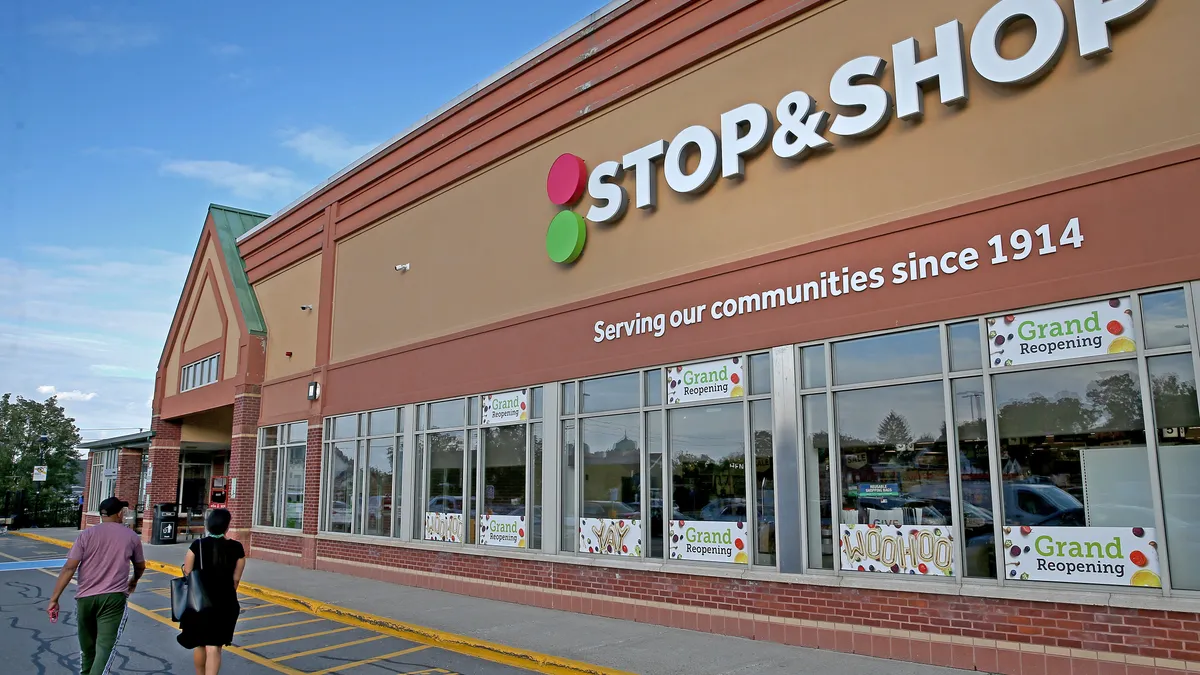Dive Brief:
- Whole Foods is still more expensive than most grocers, but that price gap narrows when two-hour delivery is factored in, a recent Barclays analysis suggests. Analysts for the firm studied Whole Foods and Kroger stores in Cincinnati and found while the specialty grocers’ prices averaged 14% higher, it erased that gap and actually offered savings of 2% to 7% on two-hour delivery orders between $35 and $50. The analysis did not factor in the $99 annual fee for Amazon Prime because, with more than 75 million members in the U.S., “it is likely that many customers will not view the cost as incremental,” the firm wrote.
- Depending on the category, Whole Foods prices varied sharply from Kroger's. In produce, Whole Foods was 29% more expensive on average, while it was just 5% higher for proteins. In non-food center store products, Whole Foods was just 3% higher, likely reflecting Amazon’s scale in the category, Barclays noted.
- Analysts wrote that the price difference between Whole Foods and Kroger may be narrowing. Price checks conducted at Nashville stores in 2016 and 2017 found baskets of fresh products to be 37% and 29% higher at Whole Foods compared to Kroger, while prices on similar items in Cincinnati were 18% higher. “The baskets do not contain identical items and Cincinnati/Nashville may not be an indication of the rest of the country – although they could provide directional color,” analysts wrote in a note to investors.
Dive Insight:
Amazon is steadily chipping away at the “whole paycheck” image that has been so damaging to Whole Foods in the past. This should help the grocer draw more mainstream customers, but could these efforts also be diluting the Whole Foods brand?
Although reports indicate Whole Foods’ highly publicized price drops last year were more marketing than substance, a few key promotions have helped new owner Amazon offer savings and project a value image. Last month, it introduced 5% cash back on Whole Foods purchases for Prime members using its Prime Rewards Visa card. There is also Prime Now delivery, currently available in six cities, which offers $7.99 one-hour and free two-hour delivery for Prime members on orders over $35.
Prime Now delivery’s pricing is very similar to Instacart — which fulfills Kroger delivery orders in Cincinnati and numerous other markets — but it differs in one key area: two-hour delivery. While Prime Now offers this free to Prime subscribers on orders over the $35 threshold, Instacart charges $5.99. Shoppers can get two-hour delivery through Instacart for free, but they need to pay for an annual Express membership, which costs $149.
This difference likely explains the savings Barclays analysts found on Whole Foods’ two-hour delivery compared to Kroger's, despite the specialty grocer having higher prices throughout the store. And while it’s true that both services require a membership fee to achieve free two-hour delivery, Whole Foods has millions of Prime members who likely bought in for reasons other than grocery savings.
Barclays analysts noted these delivery findings were generous to Kroger, since it assumed all prices were the same online as in-store. Instacart allows retailers to set their own prices online, and markups can be as high as 10%, Barclays wrote in its investors’ note.
These savings certainly won’t be lost on consumers. And they will likely continue as Amazon offers more Prime integrations for Whole Foods customers.
Amazon may also be quietly lowering prices at Whole Foods stores. In addition to the narrowing price gap analysts found between Whole Foods and Kroger stores between 2016 and this year, the Austin-American Statesman last month ran a price check on a basket of popular products and compared it to prices measured shortly before and shortly after the grocers’ acquisition. It found that the latest basket price was $4.10 cheaper than on August 28, the day after Amazon took control and announced sweeping price cuts, and $11.10 less than on August 25, before the acquisition took hold.
At the same time, Whole Foods has introduced efficiency measures that analysts say are threatening to strip away the attributes that differentiate the grocer from competitors. This includes merchandising fees that have turned off many small, local producers. The two companies are also reportedly quarreling over product standards. Increasing Whole Foods’ appeal while preserving its values is a difficult balancing act for Amazon. Even though it can draw a crowd with its online savings and Prime integrations, it risks losing customers if it can’t offer a compelling product assortment.










